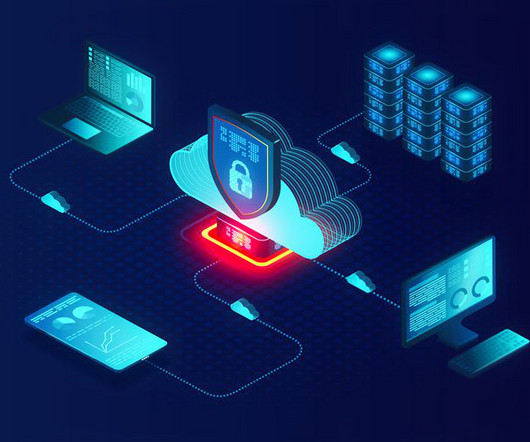Introducing Cloud NGFW for Azure — On-Prem to Azure, Seamlessly Secure
Palo Alto Networks
MAY 2, 2023
This fully managed next-generation firewall, available for customers through Microsoft Azure Native ISV Services , is built to better protect cloud-native and migrated applications with Palo Alto Networks AI and ML-powered next-generation firewall technology. Every day this technology blocks nearly 5 billion events, analyzes 3.5

















Let's personalize your content